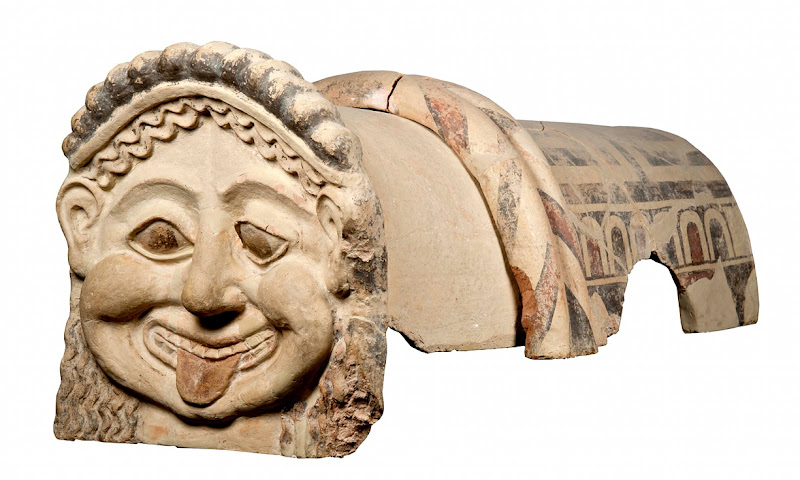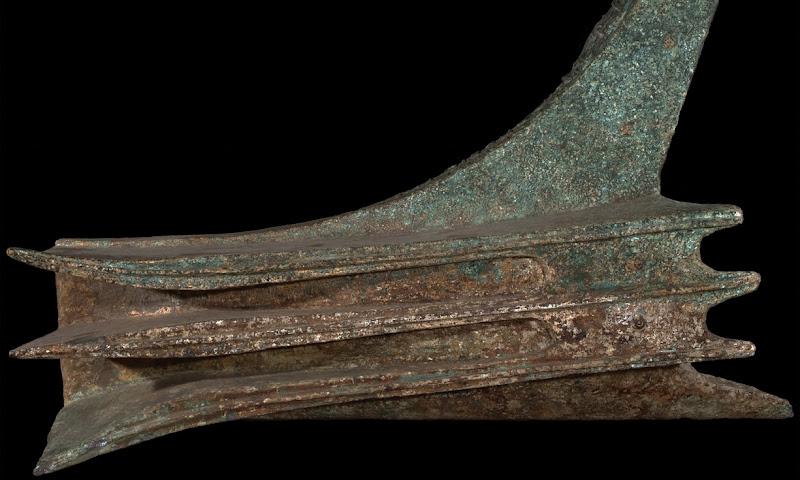In April of this year the British Museum will open the first exhibition in the UK to explore over 4000 years of history on the island of Sicily. Sponsored by Julius Baer, Sicily: culture and conquest will provide new insight into the vibrant past of the Italian island familiar to so many visitors today.

The exhibition will shed light on the remarkable artistic and architectural achievements of the island through objects in the British Museum’s own collection alongside outstanding loans from Sicily and around the world, including many objects coming to the UK for the very first time.
Sicily is the largest island in the Mediterranean and across time it has been shaped by the aspirations of many different peoples and cultures. Its perpetual allure lay in its fertile soil, fed by the volcanic dynamics of Mount Etna. Across time, people from as far and wide as the eastern Mediterranean and northern Europe settled on Sicily, forging a varied and sophisticated culture. The exhibition will focus on two major eras: first, the arrival of the Greeks from the latter half of the 7th century BC and their encounters with earlier settlers and with the Phoenicians, and second the extraordinary period of enlightenment under Norman rule, about AD 1100 – 1250. The exhibition will explore how an astonishingly rich material culture flourished in both of these periods.

A rare and spectacularly well preserved, brightly painted terracotta altar, dating to about 500 BC, is one of the highlights of the loans coming from Sicily. It shows a scene of an animal combat on the upper tier, while below stand three striking fertility goddesses. The British Museum is also fortunate to be receiving on loan a magnificent terracotta architectural sculpture of a Gorgon, the famous Greek monster, that was once perched on the highest point of a building at Gela in south-east Sicily. Terracotta ornaments were frequently used to decorate the upper levels of buildings on Sicily and are amongst the finest that have survived from the ancient world. Another important Sicilian loan is a rare and iconic marble sculpture of a warrior from ancient Akragas, modern Agrigento. Marble statues were likely to have been commissioned, carved and imported into Sicily from overseas or made by local sculptors, trained in the Greek tradition. Such rare statues decorated major temples or were part of sculptural groups, most of which are long gone.

Through the coexistence of Norman, Islamic and Byzantine cultures on Sicily, Roger II created a climate of multicultural collaboration. Unique forms of art and architecture emerged from the mixture of influences. In 2015 nine buildings in the Arab-Norman style that emerged in Palermo and the surrounding area were elected as UNESCO world heritage. Coming on loan from several of these buildings are a twelfth-century Byzantine-style mosaic, and marble and wooden Islamic-influenced architectural decorations that will give visitors a sense of this extraordinary architectural style that emerged under Roger II. At the same time, the palace workshops produced beautiful objects, from ceremonial glassware and ivory, gold pendants and intricate enamel mosaics and cameos. Each object demonstrates the skills of the craftsmen and the variety of cultural influences that inspired their artistic production and experimentation.

[Credit: Regione Siciliana]
The British Museum has worked closely with the Sicilian Ministry of Culture since 2010 on several loans, both at the British Museum and in Sicily. This exhibition presents the next collaboration between curators of the British Museum and Sicily. Objects of outstanding cultural significance have been carefully selected through consultation with Sicilian specialists from different museums across the island. These objects will be displayed alongside loans from Italy, the US and the UK, as well as items from the British Museum collection. The exhibition will also be accompanied by an events program with contributions by Sicilian lecturers and artists.
Source: The British Museum [February 04, 2016]